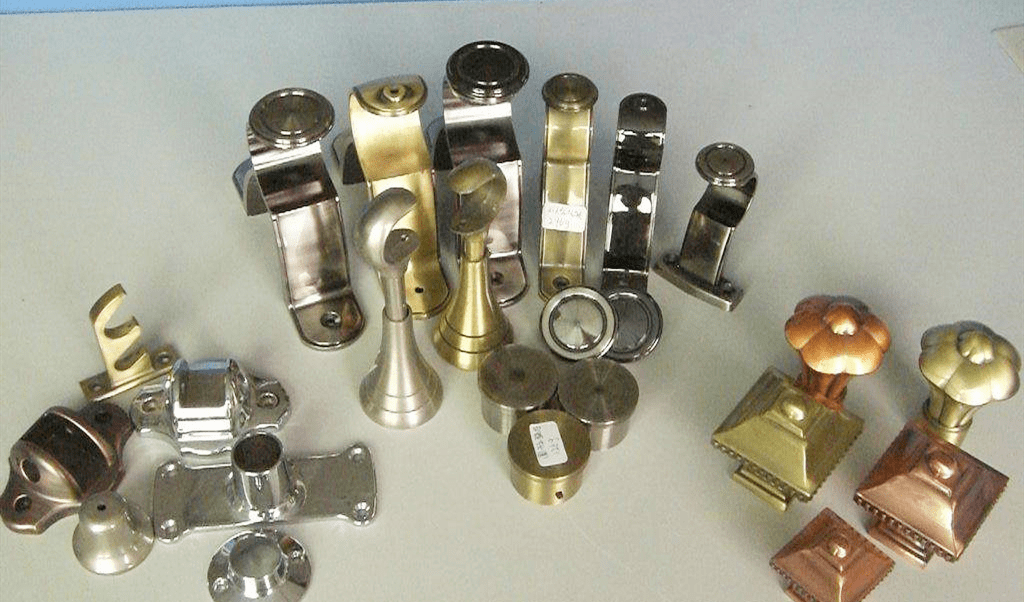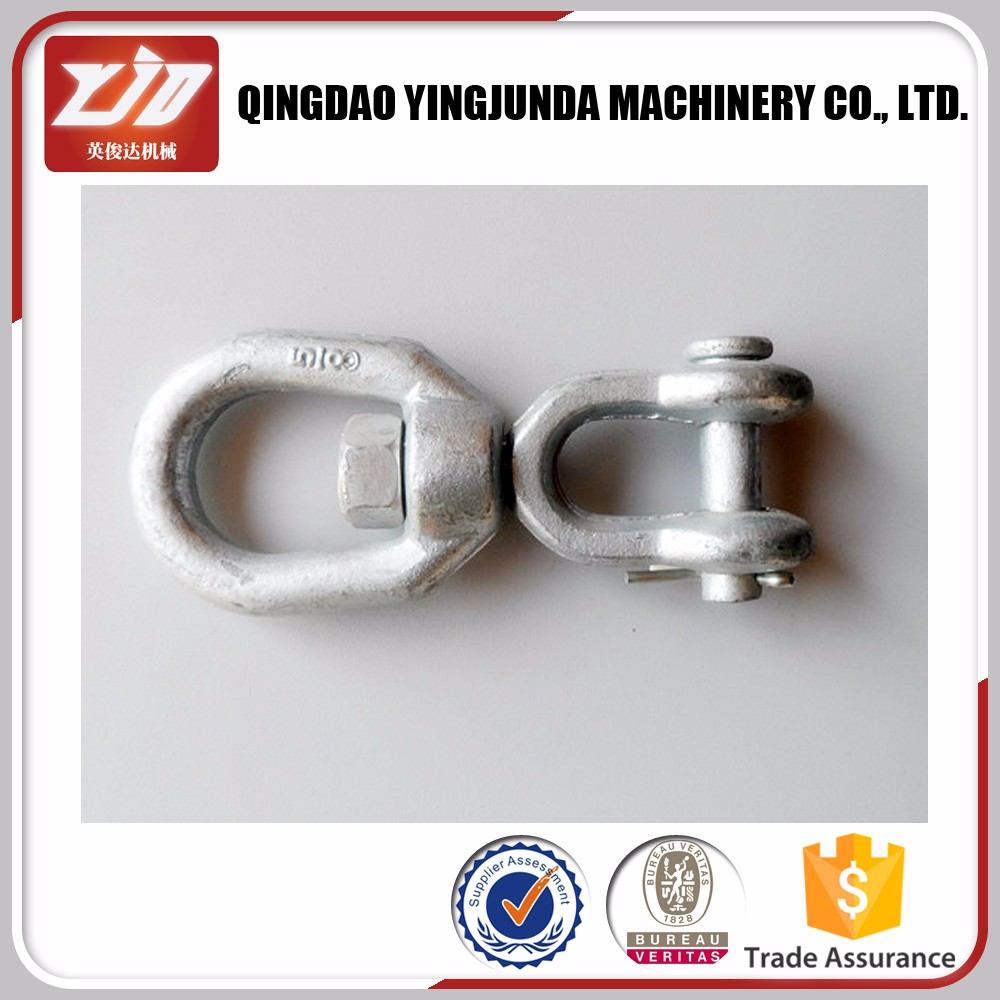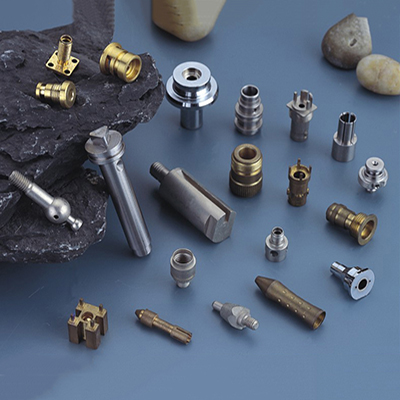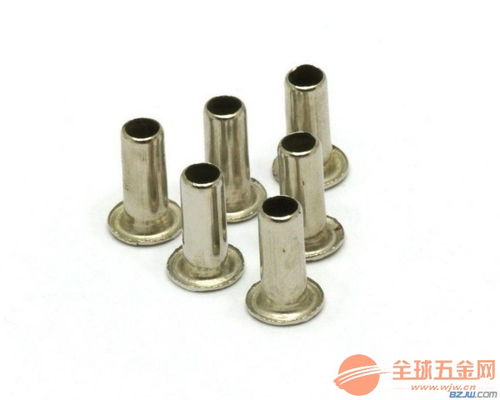Sliding Door Hardware: A Comprehensive Guide
Sliding Door Hardware: A Comprehensive Guide provides a detailed understanding of the components and design considerations for sliding doors. It covers a range of topics, including track systems, rollers, handles, and locksets, providing readers with the knowledge to specify and install sliding door hardware correctly. The guide also examines the various materials used in construction, such as aluminum, steel, and stainless steel, and explains their respective benefits and limitations. Additionally, it discusses maintenance and troubleshooting techniques to keep sliding doors functioning smoothly. Sliding Door Hardware: A Comprehensive Guide is an essential resource for homeowners, architects, and builders alike.
Sliding doors have become a popular choice for both interior and exterior spaces, offering a sleek and modern look that can transform any room or building. From bathrooms to bedrooms, living rooms to offices, these doors provide a seamless transition between spaces while adding a touch of elegance to any setting. However, it’s important to note that sliding doors require special hardware to function properly. In this article, we’ll provide an overview of the essential sliding door hardware components and their role in the overall functionality of these doors.
The most important hardware component for sliding doors is the track system. This system consists of a series of metal or plastic tracks that are attached to the door frame. The tracks guide the movement of the sliding door, ensuring it operates smoothly and stays aligned properly. Depending on the design of the door, there may be multiple tracks to support the weight of the door and provide stability.
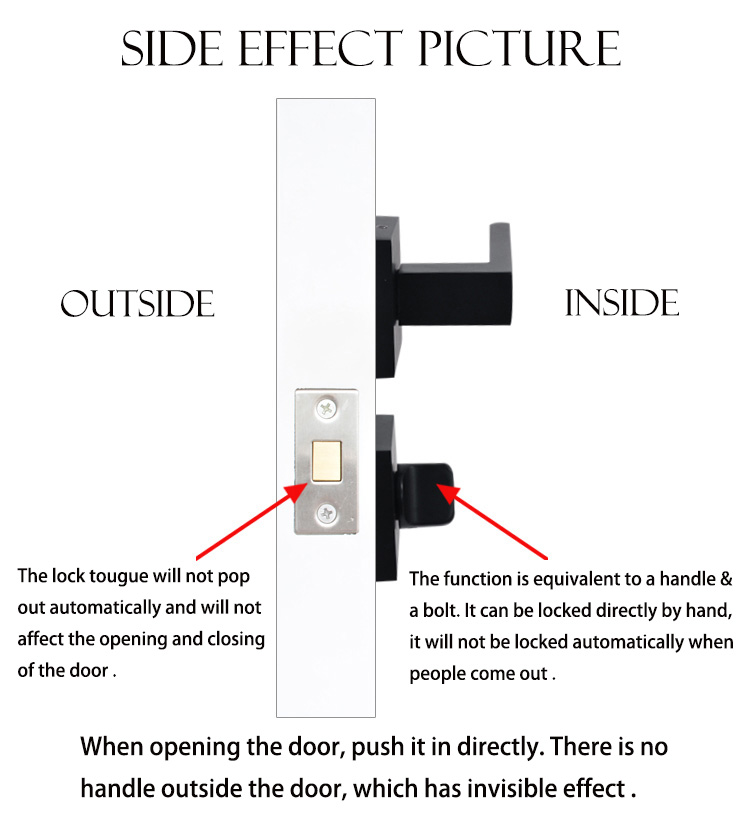
Another crucial component is the rollers, which are small metal or plastic wheels that are attached to the bottom of the sliding door. These rollers engage with the tracks, providing support and stability as the door slides open and closed. High-quality rollers are essential for smooth operation and long-lasting performance.
Sliding doors also require hardware to facilitate their installation and maintenance. This includes screws, bolts, and other fasteners that are used to attach the tracks and rollers to the door frame. Additionally, there are adjustment mechanisms that allow for fine-tuning the position of the tracks and rollers to ensure proper alignment and smooth operation.
It’s important to note that sliding door hardware comes in a range of materials and finishes to suit different design aesthetics and budgets. From stainless steel to brass, bronze to aluminum, there is a wide selection of materials that offer both strength and durability. Additionally, many manufacturers offer custom finishing options to create a unique look that matches the individual style of each project.
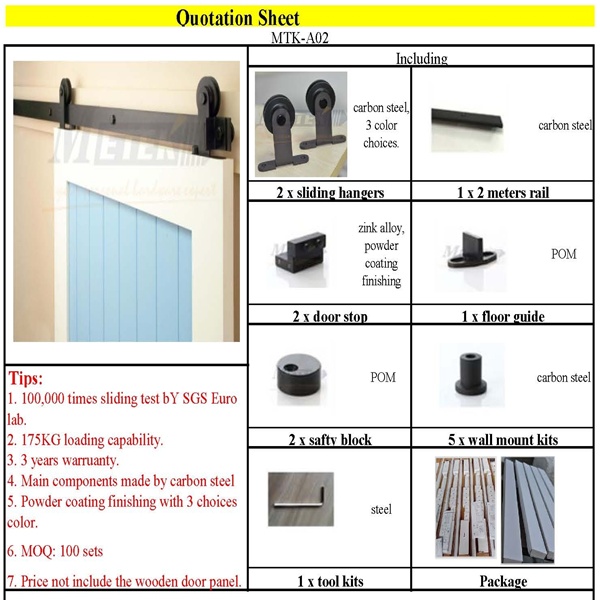
In conclusion, sliding doors are an attractive and functional addition to any interior or exterior space. However, it’s essential to select the right hardware components to ensure their smooth operation and long-lasting performance. By understanding the role of each component in the sliding door hardware system, you can make an informed decision about which hardware is right for your project while creating a beautiful and functional sliding door that will last for years to come.
Articles related to the knowledge points of this article:
Sliding Door Hardware Components
Kitchen Cabinet Door Hardware Accessories: An Integral Part of Any Kitchen Design
Fireproof Hardware Fittings: Essential Components for Fire Protection
